It’s one thing to survive a life-threatening illness, it’s another to thrive thereafter; mesmerising audiences around the world as a Keynote Speaker (watch his Tedx talk here), DJ, and quadruple amputee, Tom lost both his hands and legs to a deadly disease at the age of 19 but has never let that get in the way of living life to its fullest. This week, for the HiP Paris Blog, he writes about how to explore Paris with a disability, and we would like to take this opportunity to thank him for sharing his experiences and tips with us.
As stunning a city as Paris is, it can be a daunting destination for those of us with reduced mobility. And with good reason! If you’ve ever tried to traverse a flight of two hundred metro stairs with prosthetic legs, you may have noted the city’s defiance to adapt to modern conveniences. Those who dare to drive their wheelchair over the bumpy cobblestones of Place du Tertre could produce a decent Margarita along the way, if only they’d brought their cocktail shaker.

I may not be wheelchair bound, but my use of prosthetic legs and the frequency with which I visit the city means I know a little something about the beautiful yet often inaccessible destination of Paris. My number one piece of advice? Do your homework. Here’s a brief list of considerations for the adventurous but less able amongst us; Paris can certainly be a challenge for those with a disability, but it needn’t be a disappointment.
Transportation
Once you’ve cleared the pesky metal detectors (might take a while, eh?), you have a few options:
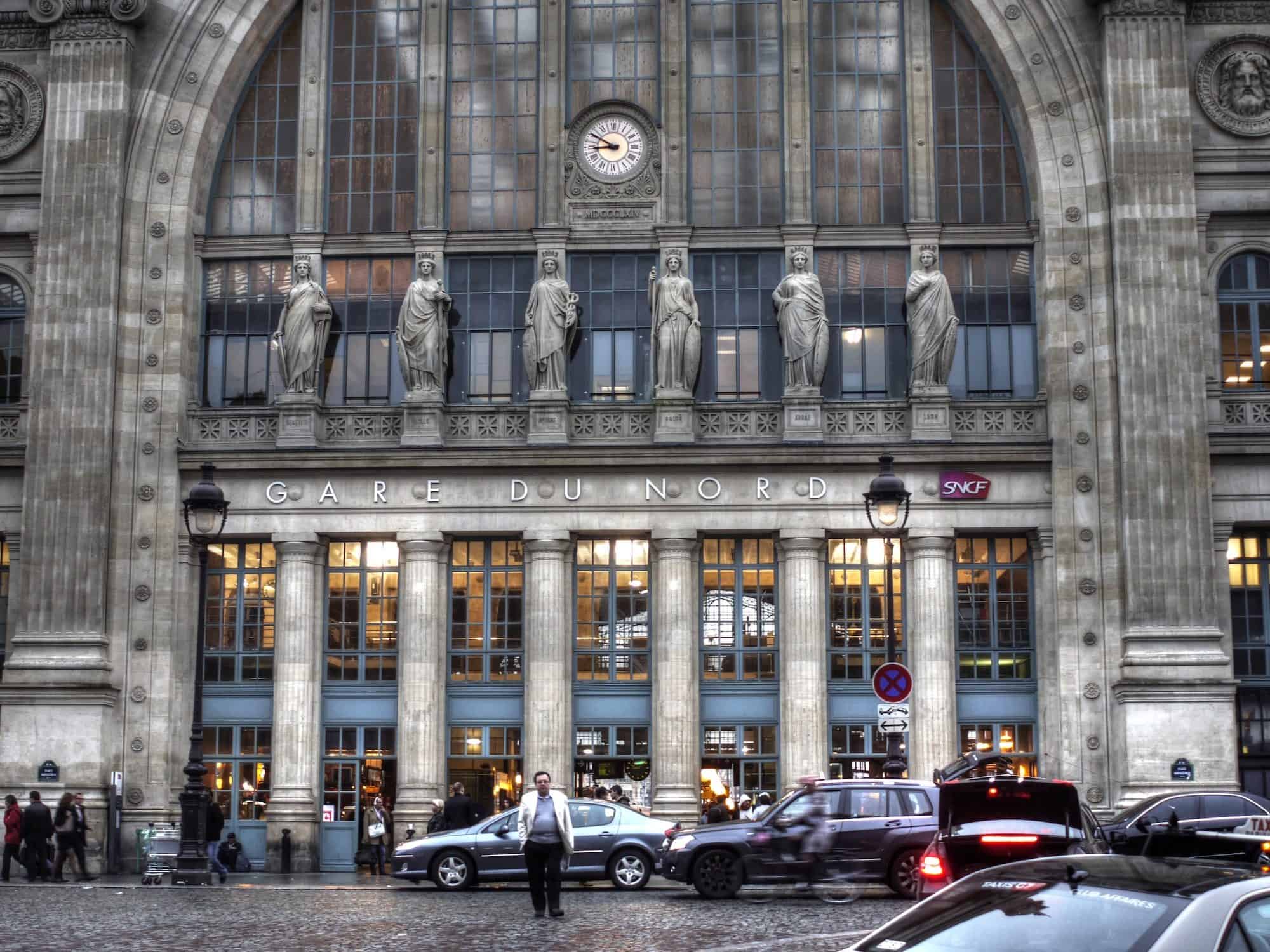
Trains in Paris
A few RER (Regional Trains) run from the airports to the city. Unless you can walk a few flights of stairs, don’t risk it. Don’t be fooled by the mirage in the public transportation desert, masquerading as your route to accessibility. That elevator you see in the distance will simply lead you to the largest staircase north of the Rue Foyatier. If you plan to arrive by train or Eurostar, check out this page on wheelchair assistance for information on how French people can begin to push you around before you even get to the farmers markets.

Taxis in Paris
They are by far the safest choice for people with reduced mobility. Taxis line up in droves at the airport, desperately clinging to the last slice of market share not yet gobbled up by ride sharing. If you need a bigger car or van, just let them know. Uber and other ride sharing apps (such as Kaptan or Le Cab) work parfaitement in Paris; Uber even has a ride type called Access, which is a feature as charming as the city itself.
The Paris Metro
As for public transport once you’re in the city, the metro is certainly one of the best in the world, but don’t even think about using it if you’re wheelchair-bound. Even select stations with elevators only lead to more steps. You may find yourself trapped in a labyrinthine system of underground tunnels with staircases or escalators as your only way out.
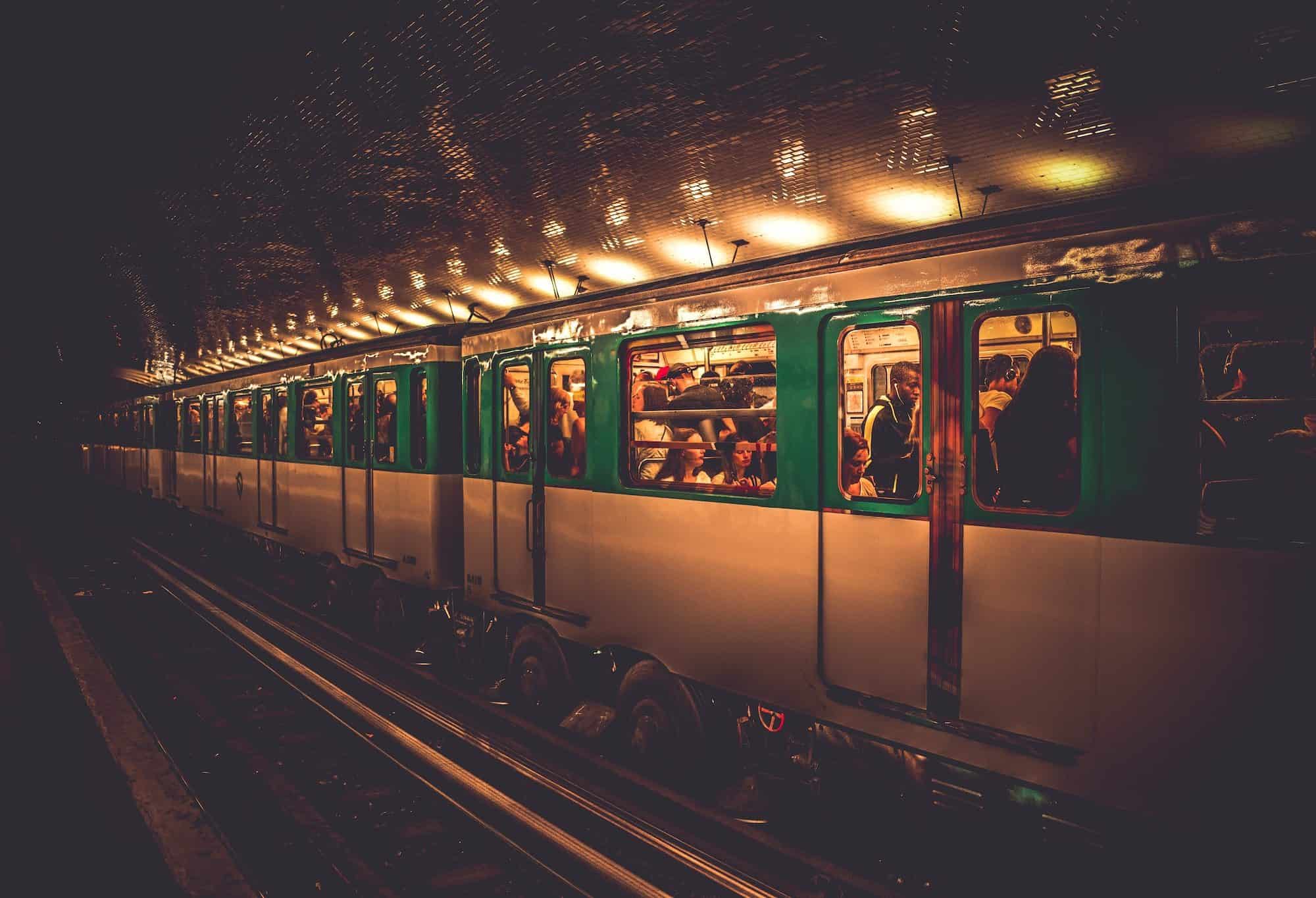
Buses in Paris
Avoid the mobility-mocking metro system and opt for the bus. Sure, it’s every elderly man, woman, and social reject for themselves (and you’ll be subject to Paris’ awful traffic emergency), but the network of busses in the city is actually rather comprehensive – and it beats having your carers and loved ones carrying you from the underground to street level on a Lectica like a Roman Emperor. Most buses in Paris have facilities to accommodate people with disabilities, and also run regularly from the airport. They include wheelchair ramps and large “next stop” buttons (apparently the only ones the elderly are able to detect). Keep in mind, though, that what you gain in convenience, you’ll likely pay for in travel duration (bring a book?).
Paris Accommodation
Planning your stay in Paris can be half the fun of your stay, so it’s not exactly a bore finding a hotel that suits your needs. Elevators are a rarity in the 19th-century Haussmannian buildings of Paris. As a result, accessible rooms will often be banished to the dark, lower floors of the building, and seek to provide an insight into the conditions of Voltaire’s cell in the Bastille before it was stormed. Instead, opt for a newer hotel with an elevator wide enough to transport you (and the insane amount of cheese you will definitely be purchasing) up to a room with a view.

If you’d prefer not to pay an arm and a leg for a high-end hotel (a fee some of us literally cannot afford), AirBnB now has a functionality that allows users to specify accessibility requirements. Just be sure to explain your needs carefully to your host before booking: I once booked an apartment that advertised it had an elevator, only to find that it stopped at the the fifth floor, and getting to my apartment on the sixth floor would require climbing a spiral staircase so steep it ought to have been legally classified as a medieval ladder. Try doing that one after nine glasses of Chardonnay.
Navigating the City
The quaintest of Parisian quarters can be booby-trapped with uneven ground and narrow passageways. Cobblestones often present themselves with no warning, and provide few options to circumnavigate them. Use Google Street View and get to know the area before attempting to break any Paralympic records by careening down the borderline-vertical paths at Parc des Buttes-Chaumont, and diving headfirst into the lake at breakneck speed.

Some areas to be wary of, if hills inhibit your enjoyment of life (that’s me); Montmartre is basically Mount Everest for disabled people, complete with tapering streets and stony pavement (just to keep things interesting). It often reminds me of Penrose Stairs with its seemingly impossible precession of contiguous inclines and declines. There is a lesser-known bus called the MontmartroBus that has wheelchair facilities, and is the bastion of hope for those lacking the physical constitutional to tackle the artists’ village.
Other areas to be cautious of are Belleville, and to a lesser extent, the Latin Quarter. Use this Topographical map for more fun exercises in exclusion.

Bonus Paris Travel Tips
Bathrooms: Finding a disabled-friendly bathroom will often be your hardest task when out at restaurants or bars, even near some attractions. It’s common in Paris, when asking “Où sont les toilettes?” to be directed to a trap door and spiral wooden staircase leading into the venue’s underbelly. Instead, make note of nearby hotels. Large chains tend to have at least one accessible bathroom on the ground floor, and if you ask nicely, they may even let you use it.

Attractions: You’ll be pleased to discover that the entry fee for disabled people visiting some attractions and museums in Paris is heavily reduced, and in some instances even free. Check out this link for a list of “karma cash back” attractions for you and your carer to enjoy.
Finally, if you’re willing to delve deeper into the finer details of disability data, the site Parisinfo.com has all you’ll need to extract the excruciating minutia of accessibility information before taking the plunge into the world’s most beautiful city.
Related Links
- Check out 13 tips for wheelchair users on Sage Traveling.
- For more about accessibility in Paris, head to Tripsavvy.
- More essential tips can be found on Talk in French.
Written by Tom Nash for HiP Paris. Looking to travel? Check out Haven In for a fabulous vacation rental in Paris, France or Italy. Looking to rent long-term or buy in France or Italy? Ask us! We can connect you to our trusted providers for amazing service and rates.



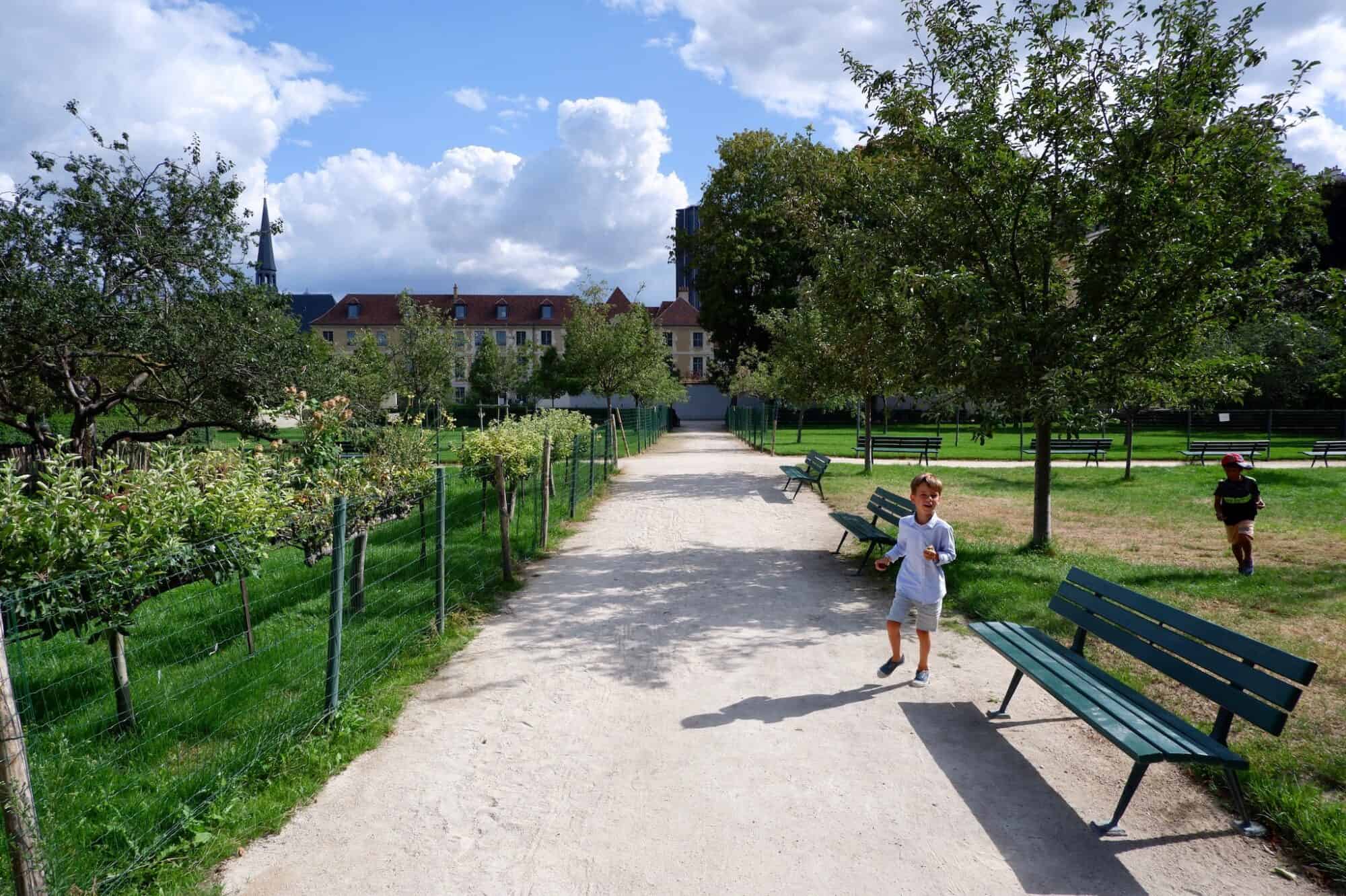

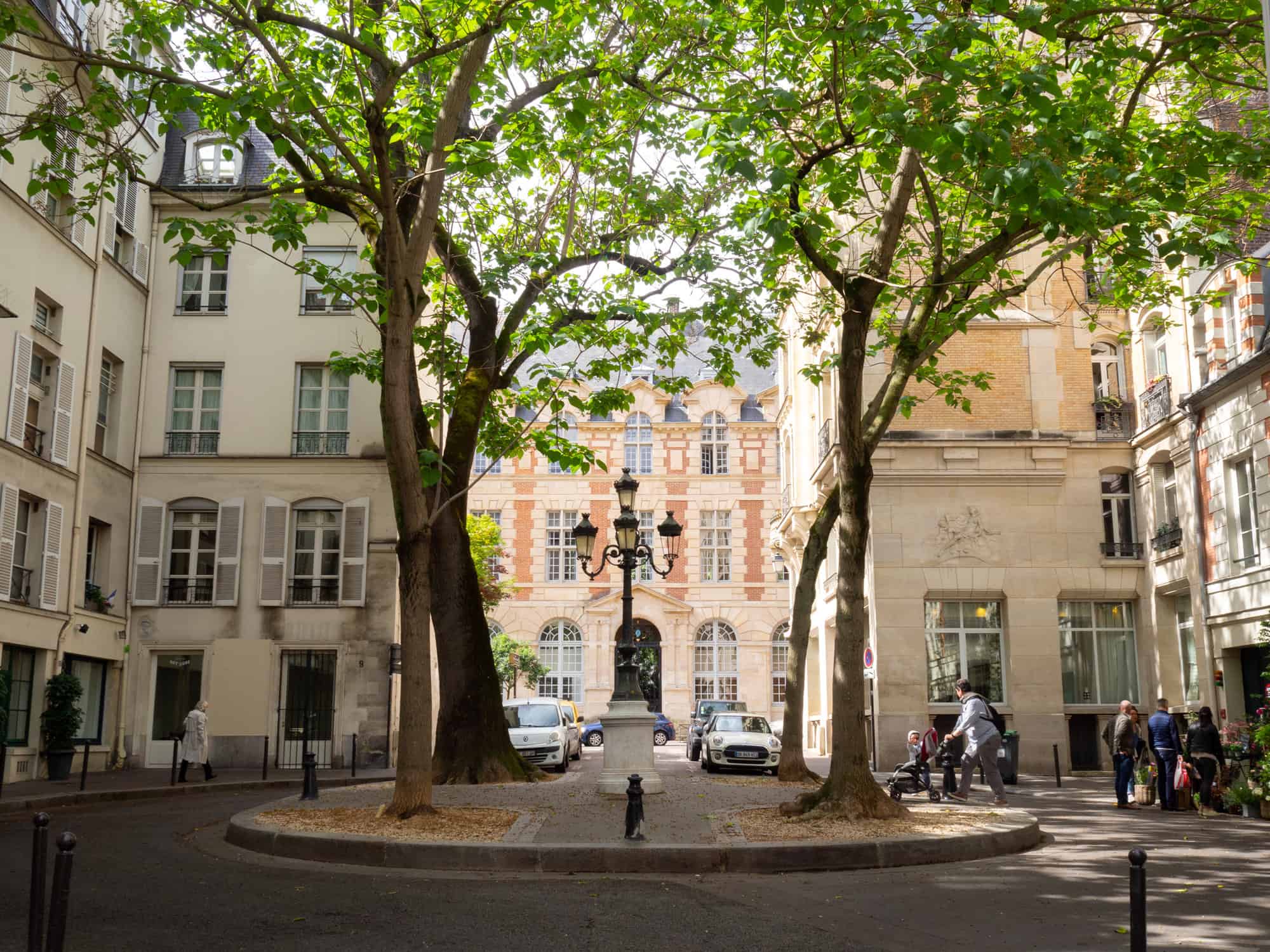


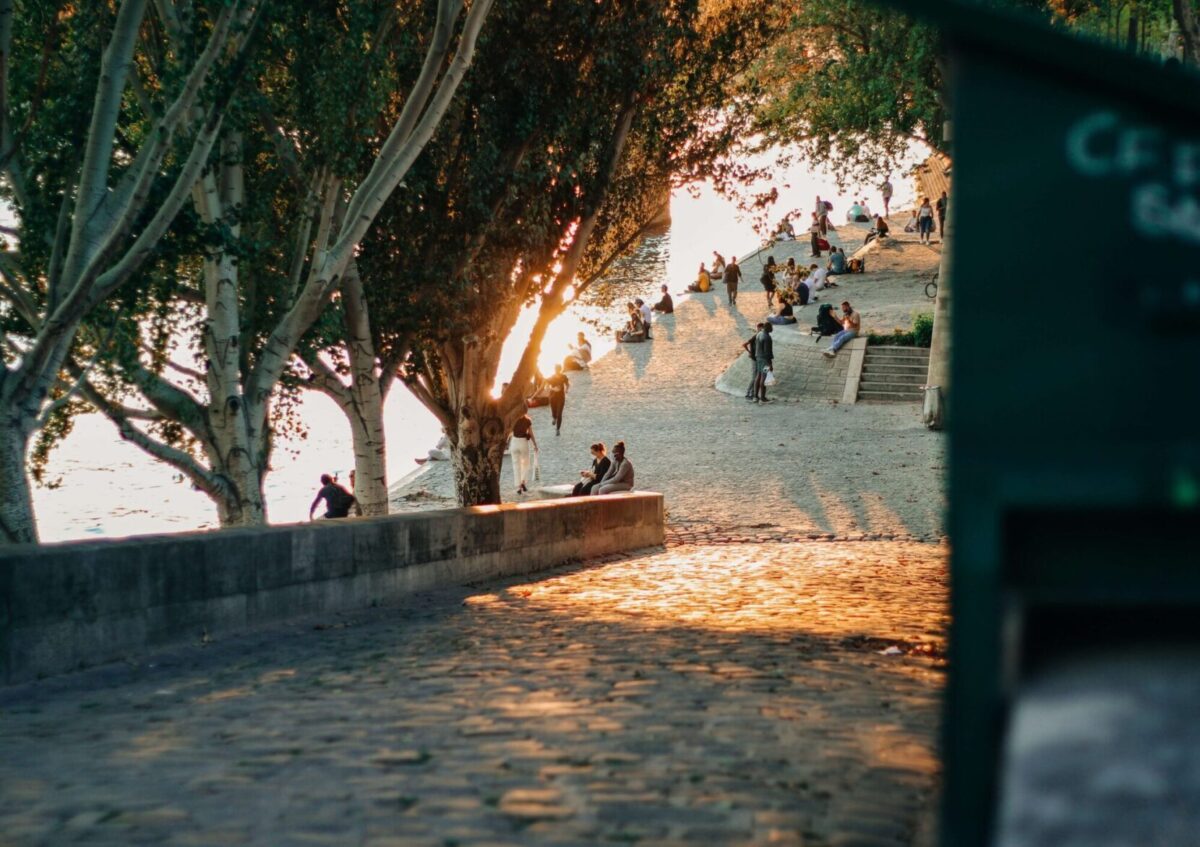
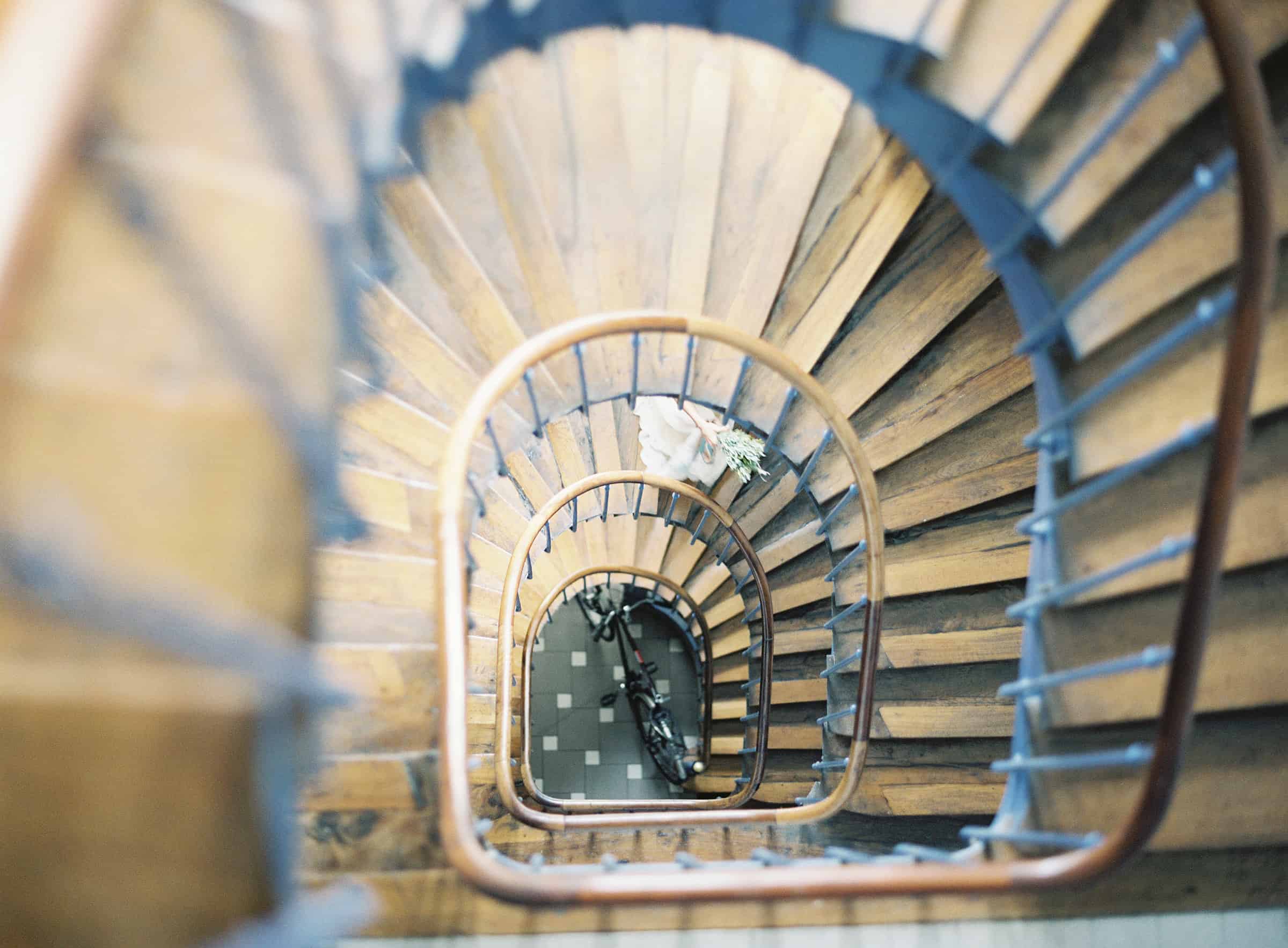










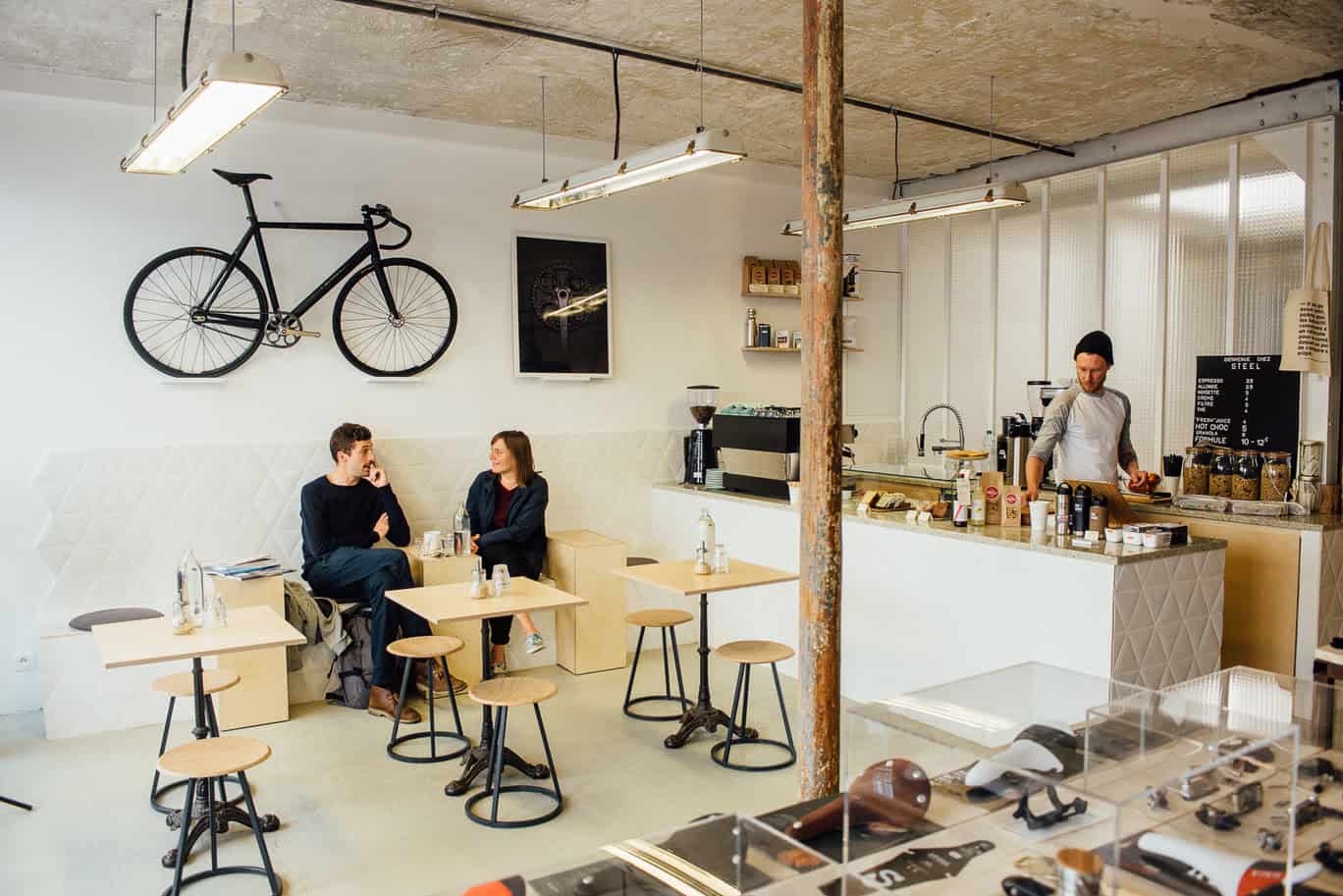

I would love to share your great articles to my Facebook groups, but error message prevents this. Is thee a system problem here?
Thank you for very valuable information – however I must object to warning us with reduced mobility for the gorgeous Parc des Buttes Chaumont in the 19th arrondissement. The park is huge with a number of very beautiful walks absolutely no steep parts. Where those parts exist they are easily avoided. You will indeed meet other wheelchairs on your walk. There is great helpfulness at the popular park restaurants let alone from passers-by. Park attracts all ages families picknicking on unbeatable lawns in this wellkept haven conceived in the English garden style with an addition of a most remarkable variation of trees. After rain the air is filled with heavenly scents from trees and flowers.
Thank you for this valuable insight. It is good to know!